The Devil card in the Tarot deck often generates a host of reactions, ranging from intrigue to trepidation. While many perceive its imagery as ominous, a deeper exploration reveals the multifaceted significance of this card. Understanding the Devil meaning in the Tarot involves examining not just its symbolism, but also its psychological implications and the reasons behind its persistent allure.
At first glance, the Devil card can evoke feelings of fear and misunderstanding. Traditional depictions usually feature a horned figure, reminiscent of ancient pagan deities, holding a torch. This imagery inherently invokes notions of evil, temptation, and moral corruption. However, the card is far more nuanced, representing not only the darker aspects of human nature but also the exciting potential for liberation from self-imposed constraints.
To appreciate the Devil’s significance, one must delve into its symbolism. The card is numbered 15 in the Major Arcana, combining the evocative numerology of 1 and 5. The number 1 signifies beginnings, while 5 often relates to chaos and conflict. Together, they illustrate the duality of human experience, encapsulating the tension between our basest instincts and our higher aspirations. Thus, the Devil represents that seductive pull toward immediate gratification, yet it simultaneously serves as a mirror reflecting our deepest fears and desires.
Consequently, the Devil card serves as an embodiment of the shadows lurking within the psyche. It symbolizes bondage—not in a physical sense, but in an emotional, psychological, or spiritual context. The chains that bind its figures represent the constraints the self imposes, whether through addiction, unhealthy relationships, or societal expectations. This card exhorts the querent to confront their inner demons, challenging them to acknowledge the aspects of their life that elicit feelings of entrapment.
On a more optimistic note, the Devil also hints at potential liberation. By confronting what it symbolizes—be it fear, addiction, or toxic relationships—individuals have the opportunity to break free from the shackles of illusion. This paradox offers a unique understanding; instead of viewing the Devil as solely negative, one can interpret it as a catalyst for change. The card encourages introspection and self-awareness, inviting individuals to break free from their limitations and embrace their authentic selves.
Furthermore, the fascination surrounding the Devil card can be traced back to the psychological aspects of shadow work, a concept popularized by Carl Jung. Jung posited that the ‘shadow’ comprises the disowned aspects of ourselves—those traits and desires we often seek to repress. The Devil card represents this shadow self, giving voice to the parts of our psyche that crave acknowledgment and expression. Embracing these darker aspects can lead to greater wholeness, encouraging a balance between light and dark, and promoting personal growth.
Moreover, the allure of the Devil card can be largely attributed to its association with temptation and desire. The notion of casting off societal norms and indulging in one’s carnal instincts appeals to many. This card prompts individuals to explore their desires without judgment or fear, challenging them to discern what pleasures might lead to enlightenment rather than mere hedonism. It invites reflection on how society often demonizes these impulses, fostering guilt rather than acceptance.
In the context of relationships, the Devil can signify toxic connections or unhealthy attachments. When this card appears in a reading, it may suggest that one is clinging to an individual or a pattern of behavior that is ultimately detrimental. This can lead to possessiveness, obsession, or codependency. Recognizing these dynamics is crucial for personal development, allowing for the opportunity to seek out healthier engagements and cultivate self-love.
Conversely, the Devil can also symbolize a passionate bond between partners, wherein the intensity of desire can lead to profound experiences, as long as it remains balanced and consensual. It reminds us that desire, if unchecked, can pave the way to chaos, but when channeled properly, it can create intimacy and connection. It is this dual nature that makes the Devil card particularly compelling, offering a richer tapestry of meaning than appears at first glance.
There is also a cultural dimension to the fascination with the Devil in the Tarot. Across various societies, motifs of the devil have been employed as a method to articulate the human struggle between good and evil. The presence of the devil in folklore often embodies fear, but it also serves a pedagogical purpose, teaching moral lessons through tales of temptation and consequence. While the Tarot’s Devil may not adhere to conventional religious depictions, it reflects a similar philosophical inquiry into moral ambiguity.
In conclusion, the Devil card invites introspection, urging individuals to take stock of their lives. Does it signify entrapment or liberation? Fear or empowerment? The duality of its message resonates deeply on an emotional level, challenging us to confront our own shadows and redefine our relationship with desire and temptation. Its portrayal encourages individuals to reframe their understanding of darkness, transforming it into an essential component of holistic self-acceptance. Thus, this card remains a compelling focal point within the Tarot tradition, forever intriguing those who dare to explore its depths.

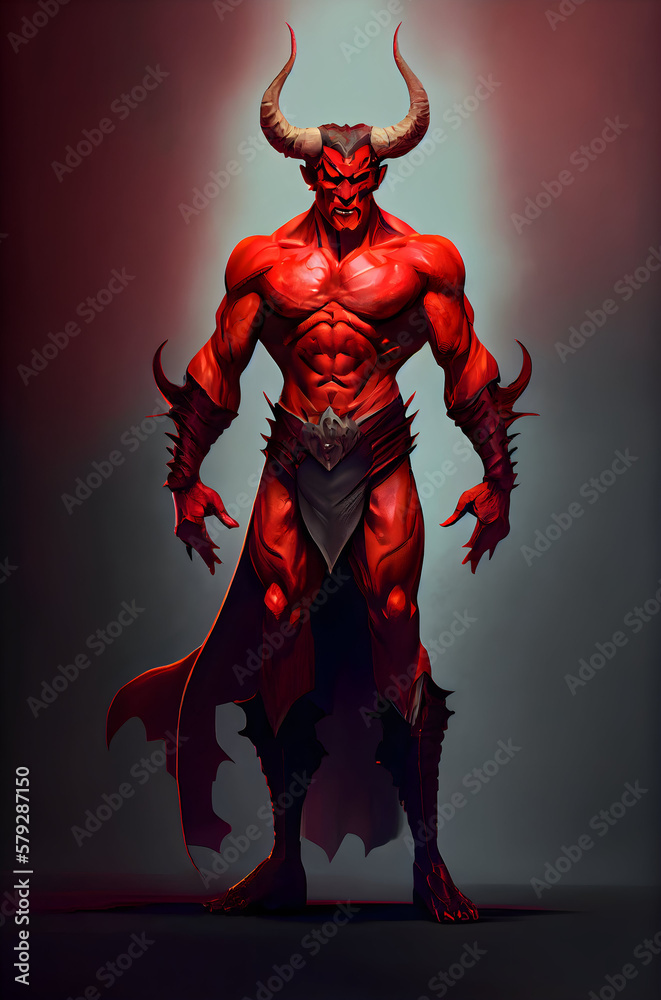

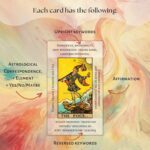
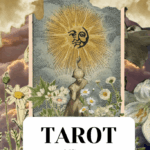
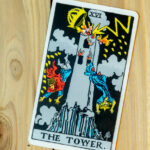
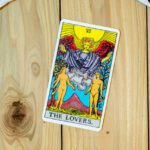



Leave a Comment